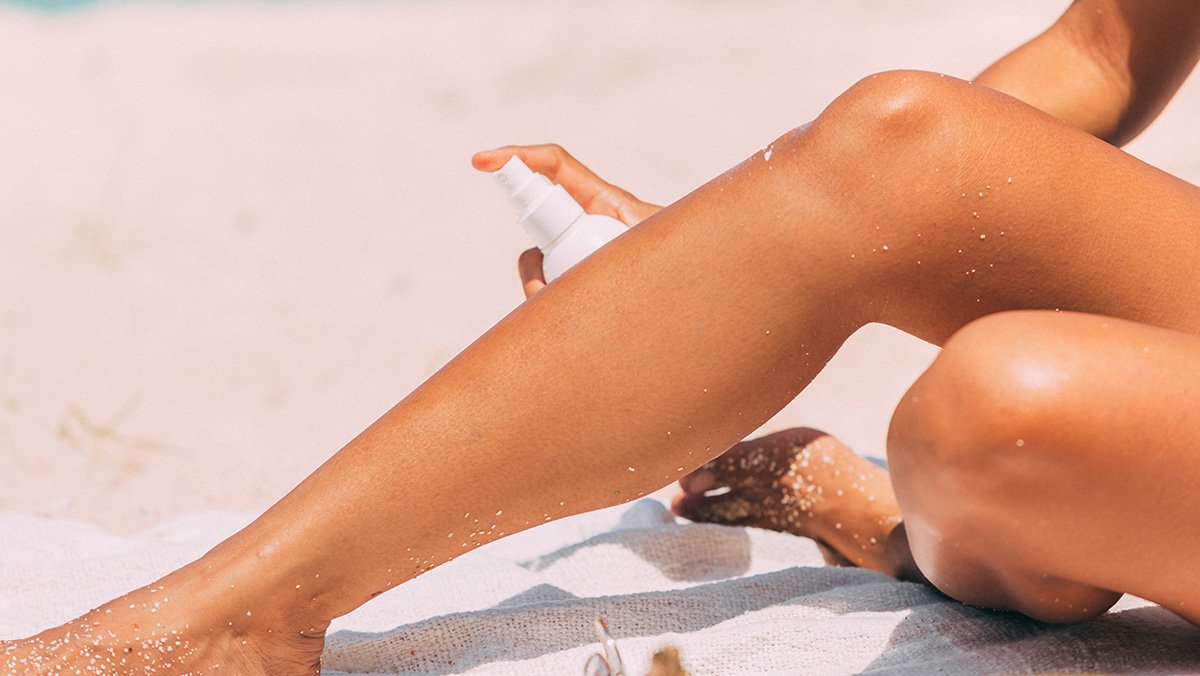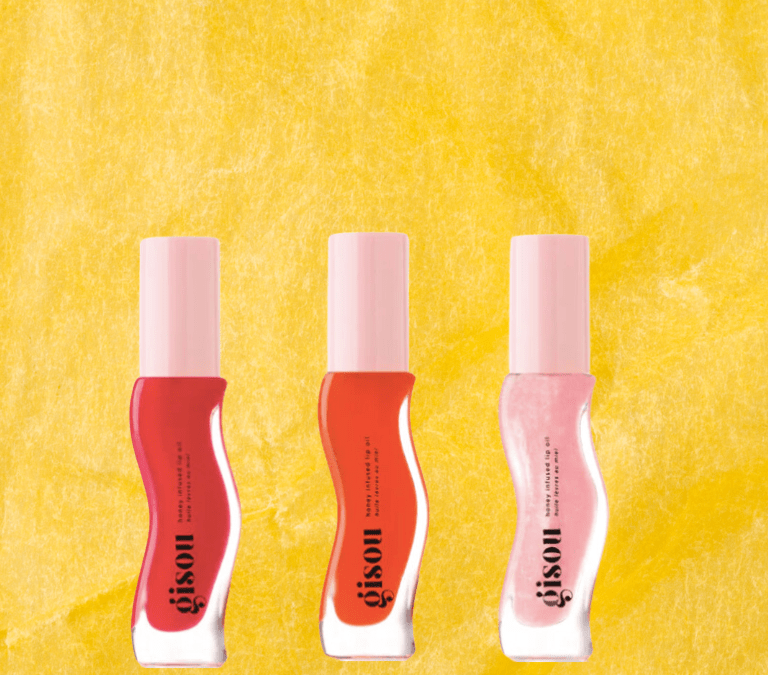
After long days in the pool, sun, and sand, it’s not uncommon to deal with sun-damaged skin that’s dry, has unwanted dark spots, clogged pores, and not to mention chapped lips.
Now that summer is coming to an end, it’s the perfect time to think about post-summer skincare.
[SEE ALSO: Quick Tips On Transitioning Your Summer To Fall Skincare Routine]
Signs of Damaged Skin During Summer
Signs of summer skin damage are the unwelcome effects of excessive sun exposure. You might start noticing uneven skin tone, some unwanted dark spots, and a weakened skin barrier.
When the skin is constantly exposed to UV radiation, it reacts by becoming inflamed and red. This reaction is a result of the body’s defense mechanisms kicking in, releasing inflammatory mediators as a response to the sun. Thus, the skin’s protective barrier is compromised, making it more susceptible to external irritants and allergens.
Plus, the sun’s rays and warmer temps on the beach will have a drying effect on the skin. This dryness can result in itching and discomfort. Also, after being sweaty and applying sunscreen several times a day, you might have clogged pores and pimples.
Be Sure to Change Up Your Post-Summer Skincare Routine
Here is a good skincare routine to rehab your skin after summer damage:
- Cleanse your skin: Begin with a pH-balanced and hydrating cleanser to gently remove impurities such as excess dirt and sebum that may have built up on your skin throughout the day (or while you slept).
- Treat your skin: Depending on your skin concerns you can choose some ingredients to add to your skincare routine.
If you’re dealing with sensitized dry skin with an unpaired skin barrier, you may want to include some soothing ingredients such as panthenol, chamomile, and centella asiatica. These can help restore your skin barrier and reduce inflammation, redness, and irritation.
If you’re dealing with uneven skin tone and dark spots, you may want to include some antioxidants and dark spot targeting ingredients such as vitamin C, azelaic acid, tranexamic acid, and licorice root. These can help in repairing skin damage caused by free radicals and UV exposure, as well as help to fade hyperpigmentation.
Lastly, if you’re dealing with clogged pores, you want to include salicylic acid in your skincare routine, either in your cleanser or as part of a serum.
- Moisturize Thoroughly: Choose the right moisturizer to provide your skin with lots of hydration. If you have oily skin, consider a lightweight water-based cream. If you have normal to dry skin, try a more nourishing cream with oils and ceramides.
- Sunscreen is Non-Negotiable: Use a broad-spectrum sunscreen with at least SPF 30 daily, even if you’re not directly under the sun. Sunscreen shields your skin from further damage and allows it to heal.
Also, while your skin is still recovering from the sun damage you may want to avoid potent ingredients such as retinoids, chemical exfoliants at high concentrations, and fragrances. Stick to gentle, fragrance-free, hypoallergenic options and prioritize hydration, soothing ingredients, and protection.
But if your skin damage is severe or persistent, consider consulting a dermatologist. They can provide personalized advice and treatments tailored to your skin’s needs.
How is your skin after the summer season? Let us know in the comments below!



